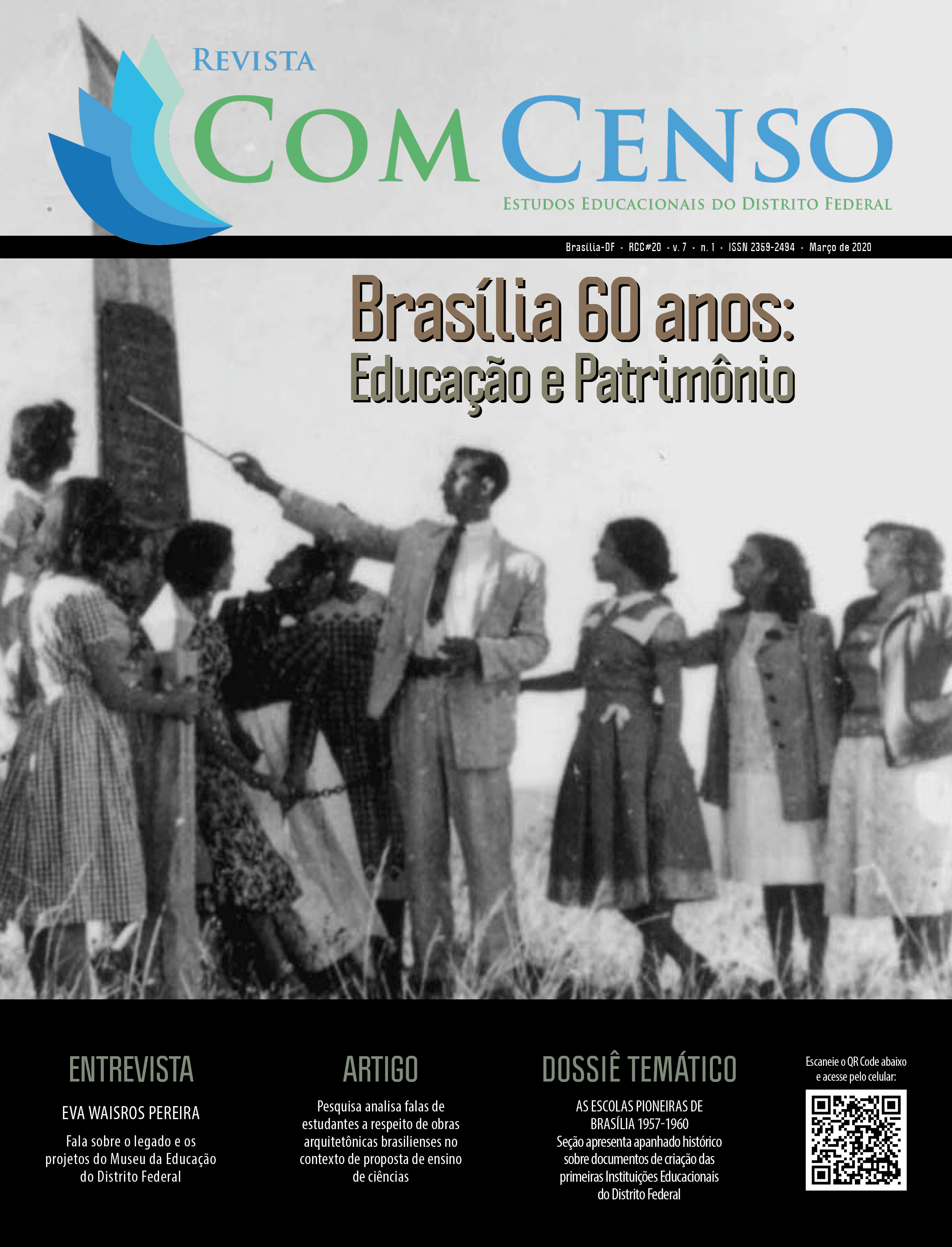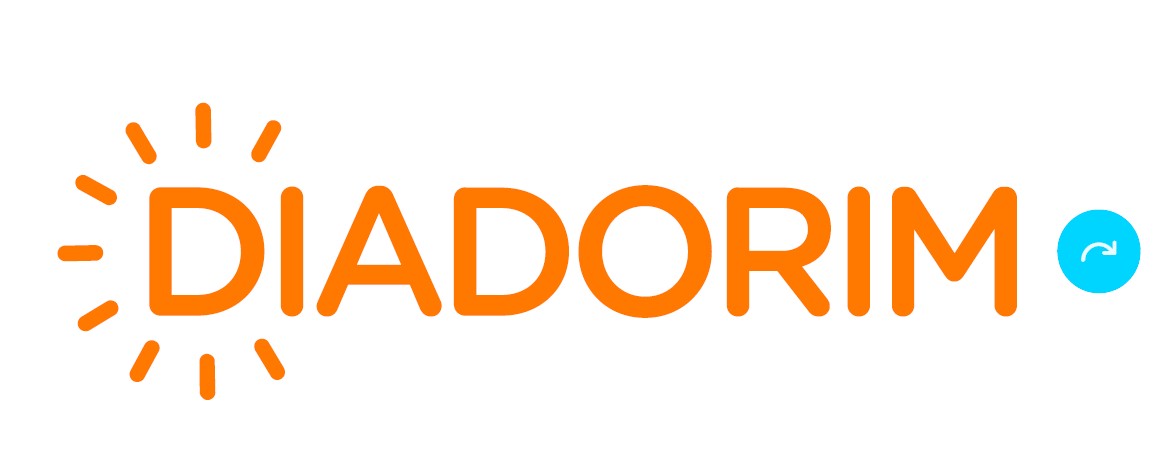Quem faz o patrimônio? Considerações sobre os Inventários Participativos em Ceilândia - Distrito Federal
Palavras-chave:
Brasília, Ceilândia, Patrimônio material, Patrimônio imaterial, Educação ´Patrimonial, Inventários ParticipativosResumo
A partir da publicação do livro Athos, Colorindo Brasília, em 2018, a Superintendência do Iphan no Distrito Federal iniciou uma coleção de obras literárias intitulada Patrimônio para Jovens. As publicações, que têm como foco os alunos do ensino básico distrital, buscam apresentar conceitos associados à educação patrimonial e à preservação dos bens coletivos. Tendo o primeiro volume versado sobre o Plano Piloto de Brasília, optou-se, para a construção do segundo, tratar dos patrimônios de outra Região Administrativa, Ceilândia. Neste trabalho, objetivamos discorrer brevemente sobre o processo de construção coletiva desta obra, orientado pela utilização dos Inventários Participativos, instrumentos metodológicos desenvolvidos pelo Iphan. Mais do que apenas registrar a experiência e o percurso objetivamente adotados, propusemo-nos a comentar temas que emergiram neste ínterim e que desafiam as definições convencionais de patrimônio cultural.
Palavras-chave: Brasília. Ceilândia. Patrimônio material. Patrimônio imaterial. Educação patrimonial. Inventários Participativos.
Who makes the equity? Considerations on Participatory Inventories in Ceilândia - Distrito Federal
Abstract: After the publication of the book Athos, Colorindo Brasília, in 2018, Iphan's Superintendence in the Federal District started a collection of literary works entitled Heritage for Young People. The publications, which focus on district primary education students, seek to present concepts associated with heritage education and the preservation of collective assets. As the first volume dealt with the Plano Piloto de Brasília, it was decided, for the construction of the second, to deal with the assets of another Administrative Region, Ceilândia. In this work, we aim to briefly discuss the process of collective construction of this work, guided by the use of Participatory Inventories, methodological instruments developed by Iphan. More than just recording the objectively adopted experience and path, we proposed to comment on themes that have emerged in the meantime and that challenge conventional definitions of cultural heritage.
Keywords: Brasilia. Ceilandia. Material heritage. Intangible heritage. Heritage education. Participatory Inventories.









